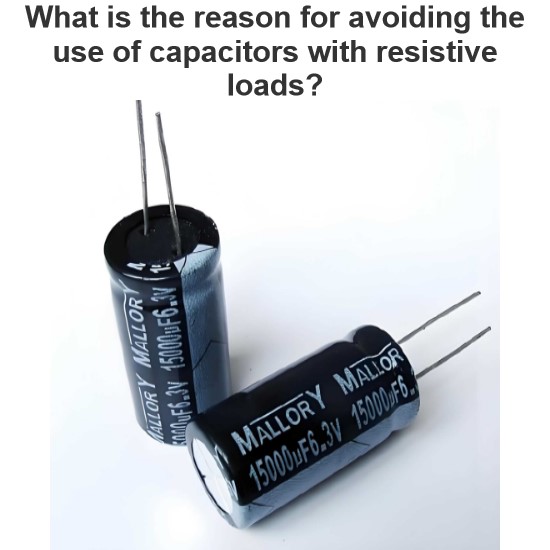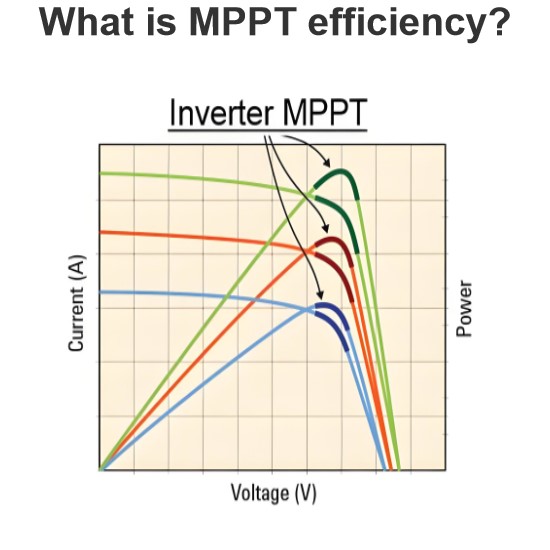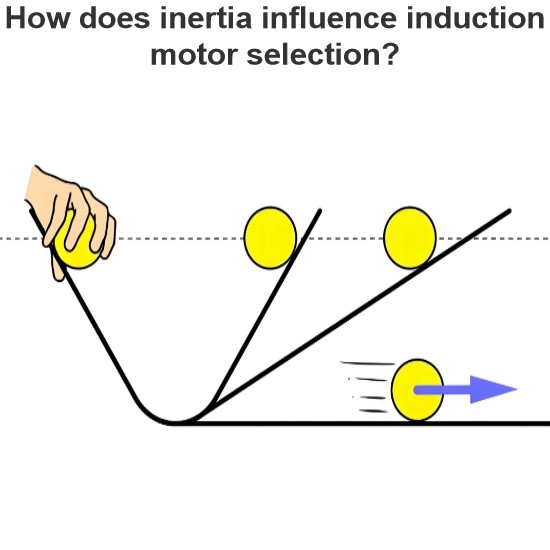What are the drawbacks of LED lights?
Disadvantages of LED Lights
While LED lights have many advantages, such as energy efficiency, long lifespan, and environmental friendliness, they also have several disadvantages. Here are the main drawbacks of LED lights:
1. High Initial Cost
Price: The initial purchase cost of LED lights is typically higher than that of traditional bulbs (such as incandescent or fluorescent bulbs). Although over the long term, LED lights can save money on electricity and replacement costs due to their low energy consumption and long lifespan, the initial investment is higher.
2. Heat Management Issues
Heat Dissipation: LED lights generate heat during operation, although less than traditional bulbs. Poor heat management can affect the performance and lifespan of LEDs. Therefore, LED lighting fixtures often require well-designed heat dissipation systems, such as heat sinks or cooling fans.
3. Color Consistency
Color Temperature Variations: Different batches of LED lights may have inconsistent color temperatures, especially in large-scale applications like commercial or public facility lighting. This can lead to uneven lighting effects.
4. Light Quality
Hot Spots and Glare: Some LED lights may produce hot spots or glare, particularly when poorly designed. This can affect visual comfort, especially during reading or work.
5. Voltage Sensitivity
Driver Power Supply: LED lights are very sensitive to voltage and current and require appropriate driver power supplies to ensure proper operation. Incompatible drivers can shorten the lifespan of LED lights or cause damage.
6. Color Rendering
Color Rendering Index (CRI): While the CRI of modern LED lights has improved significantly, some lower-cost LED lights may still have poor color rendering, causing objects to appear less true-to-life compared to natural light or traditional light sources.
7. Electromagnetic Interference (EMI)
Electromagnetic Interference: Some LED lights may produce electromagnetic interference, affecting nearby electronic devices. This can be a concern in sensitive environments such as hospitals or laboratories.
8. Recyclability
Recycling Challenges: LED lights have a complex structure and contain multiple materials, making them difficult to recycle and dispose of. Although the long lifespan of LED lights reduces the frequency of replacements, the final recycling and disposal remain issues that need to be addressed.
9. Dimming Compatibility
Dimming Issues: Not all LED lights are compatible with existing dimming systems. Using incompatible dimmers can result in flickering, uneven brightness, and other problems.
10. Environmental Temperature Sensitivity
Temperature Impact: The performance and lifespan of LED lights are significantly affected by ambient temperature. High temperatures can reduce the light output and lifespan of LED lights.
Summary
Despite their significant advantages, LED lights also have several drawbacks, including high initial cost, heat management issues, color consistency, light quality, voltage sensitivity, color rendering, electromagnetic interference, recyclability, dimming compatibility, and environmental temperature sensitivity. When choosing and using LED lights, it is important to consider these factors to ensure optimal performance and effectiveness.
The Electricity Encyclopedia is dedicated to accelerating the dissemination and application of electricity knowledge and adding impetus to the development and innovation of the electricity industry.




